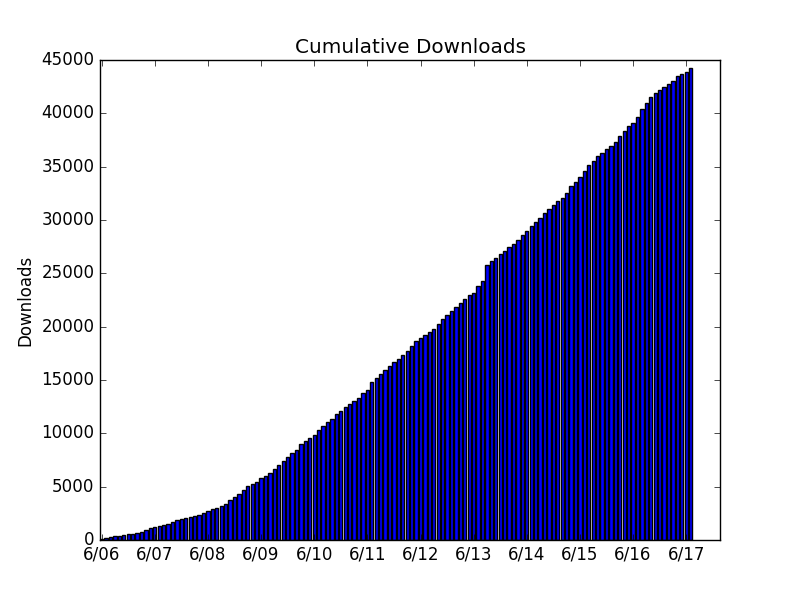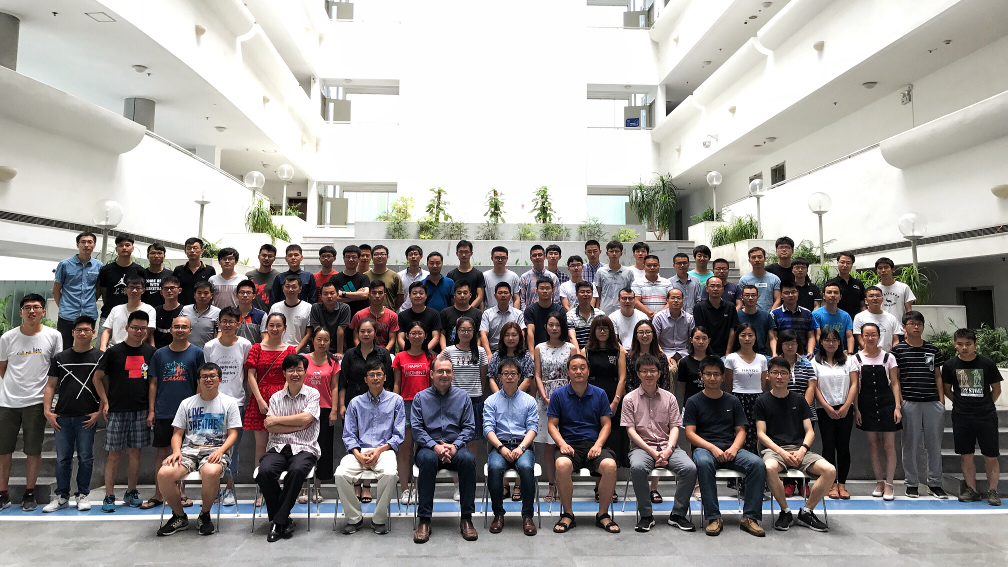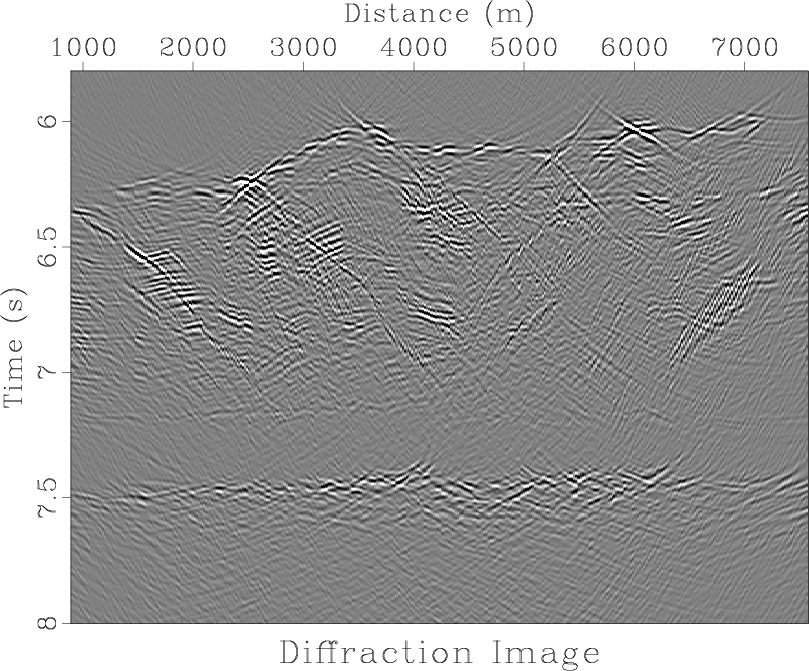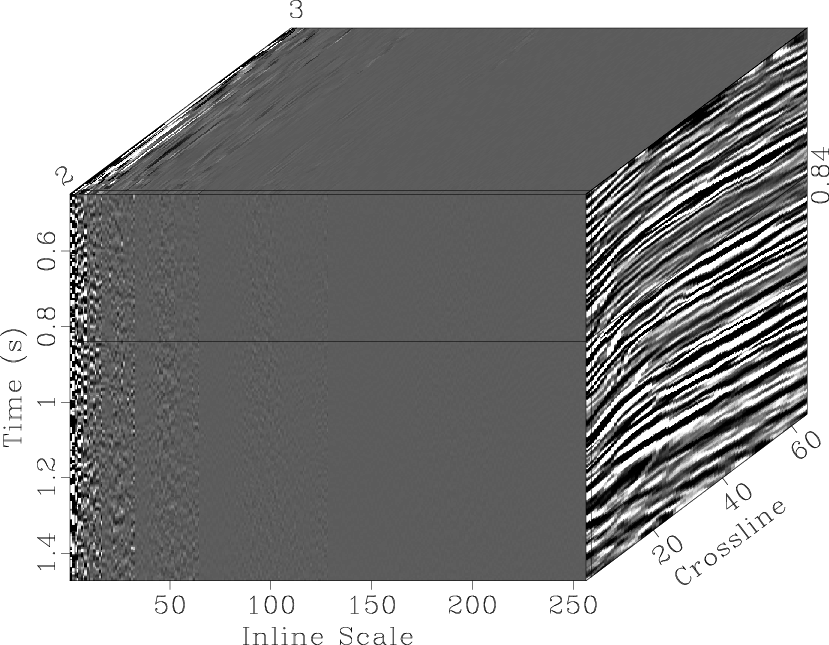A new paper is added to the collection of reproducible documents: Full-waveform inversion using seislet regularization
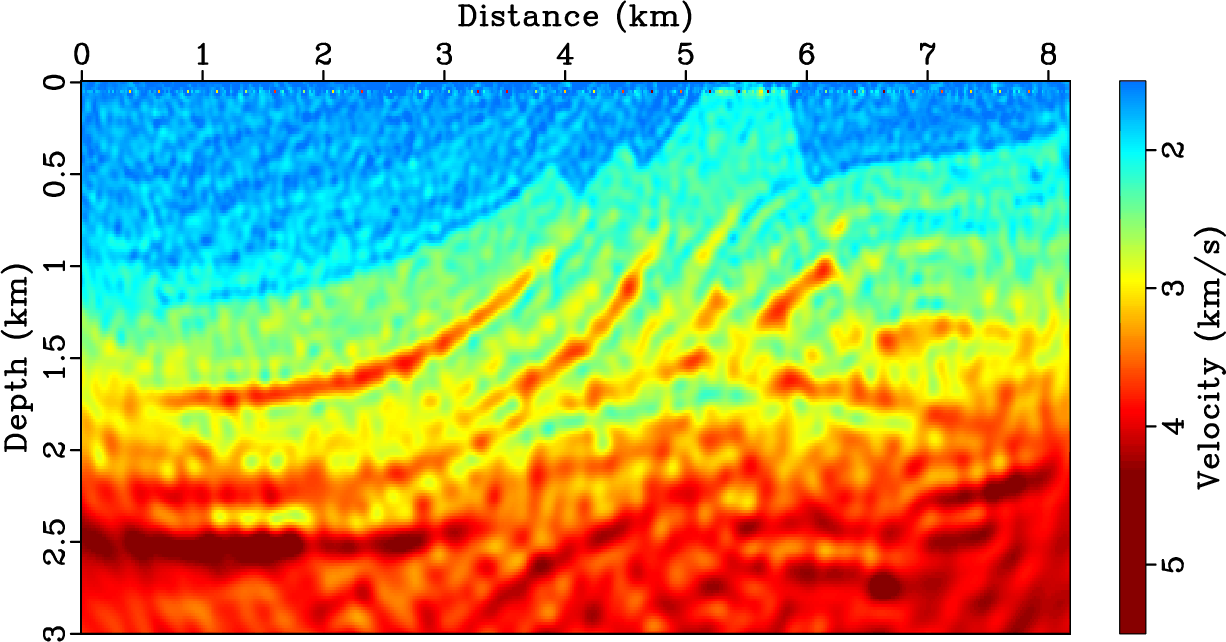
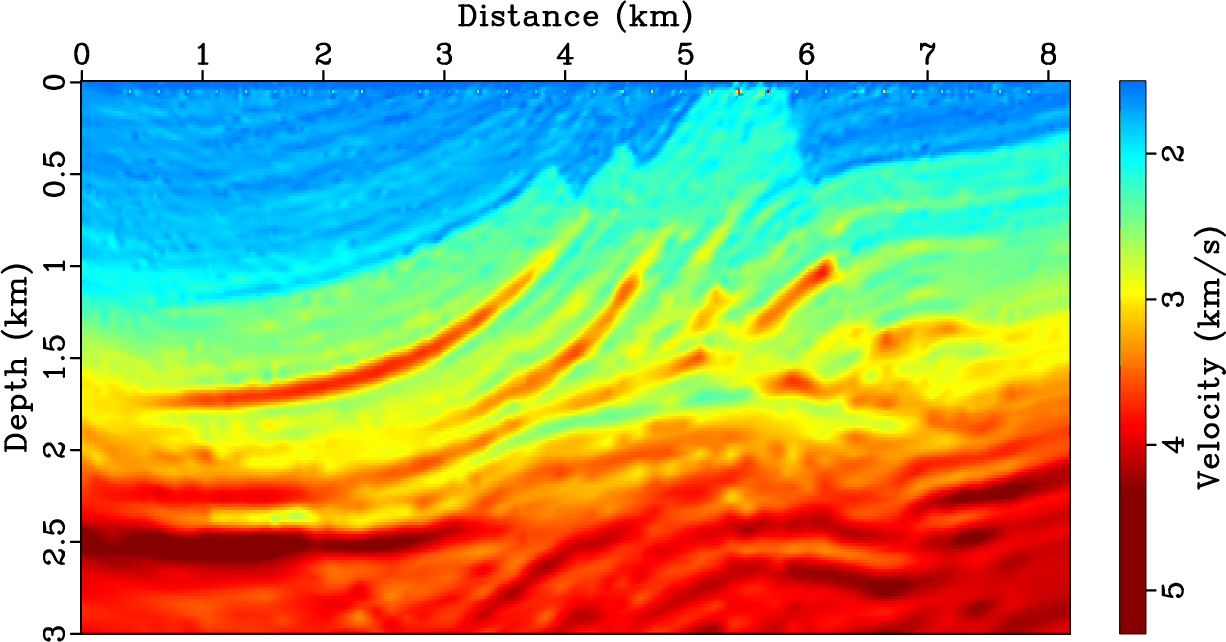
Because of inaccurate, incomplete and inconsistent waveform records, full waveform inversion (FWI) in the framework of local optimization approach may not have a unique solution and thus remains an ill-posed inverse problem. To improve the robustness of FWI, we present a new model regularization approach, which enforces the sparsity of solutions in the seislet domain. The construction of seislet basis functions requires structural information, which can be estimated iteratively from migration images. We implement FWI with seislet regularization using nonlinear shaping regularization, and impose sparseness by applying soft thresholding on the updated model in the seislet domain at each iteration of the data fitting process. The main extra computational cost of the method relative to standard FWI is the cost of applying forward and inverse seislet transforms at each iteration. This cost is almost negligible compared to the cost of solving wave equations. Numerical tests using the synthetic Marmousi model demonstrate that seislet regularization can greatly improve the robustness of FWI by recovering high-resolution velocity models, particularly in the presence of strong crosstalk artifacts from simultaneous sources or strong random noise in the data.
